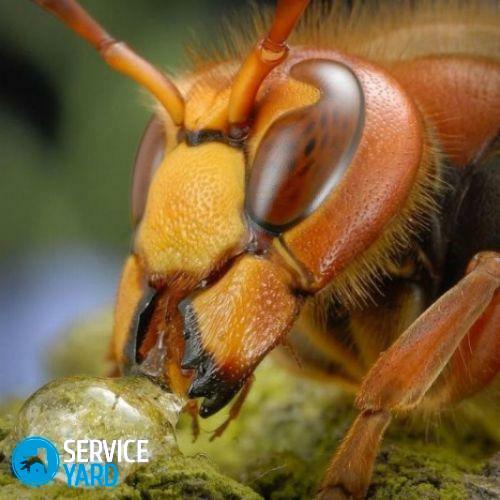Contents:
- Basic hair care treatment rules and important nuances
- We choose the technique of tool processing based on its material
- Features of working with volumetric combs
Modern women very carefully choose hair care tools, but do not always take care of them properly. As a result, a few weeks after the purchase they have a question, how to clean the comb and not to provoke any damage to the material. The choice of method and tool depends on several factors.
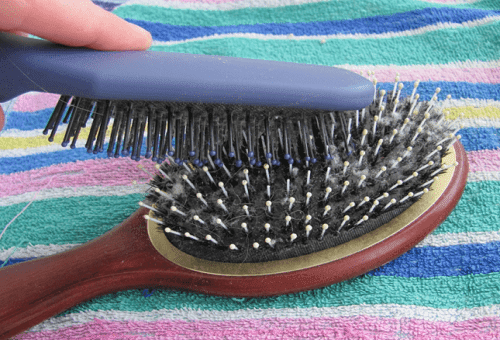
It is necessary to consider, from what the comb is made, whether there are additional inserts on it, what type of dirt it covers, what is the shape of the object. It is not necessary to believe advertising, claiming that the product is covered with a special tool that repels grease and dirt. Such items are the most troublesome. The raid on their surface still appears, though a little later, but it is not so easy to wash it - you can damage the precious protective layer.
Basic rules for hair care and important nuances
It is almost impossible to remove plaque and dirt from the surface of the instrument without negative consequences. It is much easier to take care of the product properly. Even at home, you can easily cope with this if you follow the following rules:
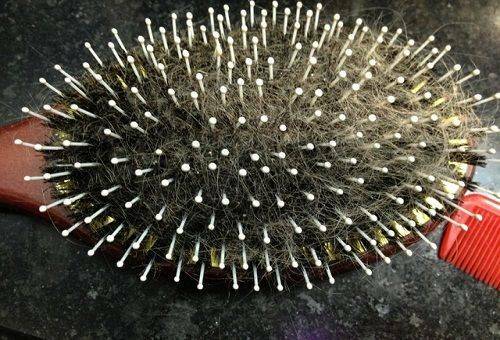
- Hair from the comb must be cleaned every day.
- With active use of stowage tools, the object should be wiped with a dry cloth after each use. If it is not made of wood, then you can take alcoholic wet products.
- Do not comb wet hair. This is not only harmful for rods, but also leads to a rapid deterioration of the tool.
- Even if the traces of the plaque have not yet appeared, the comb should be cleaned every week, applying the appropriate method.
The hairbrush is in constant contact with the hands, hair and scalp, so it should not only be cleaned, but also systematically disinfected. Otherwise, the appearance of dandruff, itching, rash or fungus is almost inevitable.

We select the method of processing the tool, based on its material
Before you clean the comb with a conventional soap solution, you need to take into account that on most products this will be reflected negatively. It is better not to experiment and resort to the use of proven tools:
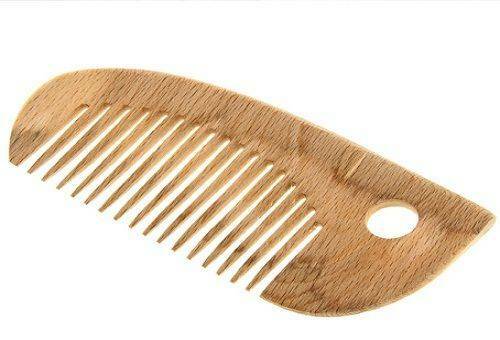
- Comb of wood. Not only is it the most gentle tool that positively influences the hair condition, but also does not need complex care. We take a cotton disc or a very soft fresh sponge, we moisten it with alcohol or vodka, wipe the surface of the product, not forgetting the areas between the teeth. Alcohol will dissolve any dirt, for this you do not even need to rub the material heavily. To wash off alcohol it is not necessary! Its odor will itself erode in a few minutes.
Advice: Wooden combs are strictly forbidden to wash with water and water-based compounds. The effect of this component results in the swelling and delamination of the wood fibers. A damaged product can not be recovered. For the same reason, wooden combs can not be stored in the bathroom, even in a protective case.
- Comb of plastic. Another unpretentious material, the cleaning of which will take no more than half an hour. Pour warm water into a small container, add a little shampoo to it, lightly foaming. If the dirt is very strong, then you can additionally enter a tablespoon of ammonia. Comb the hair from the hairs and soak for 20 minutes in the prepared composition. Then gently clean the object with a soft cloth and rinse in clean water. Dense plaque can be further rubbed with a toothbrush, on which baking soda powder is applied.
- Comb of metal. To process this material, you can use the previously described cleaning options by soaking in a soap-alcohol solution or rubbing with a toothbrush with soda. There are only two nuances. Soak the object should not more than five minutes, it is better to rub it with a cloth longer. Immediately after performing the manipulation, the comb must be dried on the battery or with a hair dryer. If you leave a drop of water on the metal surface, it is likely to provoke the appearance of rust.
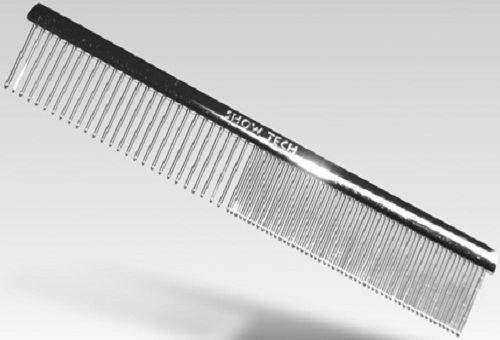
After machining, it is necessary to inspect the tool carefully for scratches, cracks and other damage. The risk of their formation is minimal, but it is better to immediately be convinced of the absence of a problem than then inadvertently wresting your hair with such devices.
Features of working with volumetric combs
Here everything will be a little more complicated, and a very important point will be the preparatory mechanical cleaning of the product.
- Round brush. We take a toothpick and with its help we start to remove hair and dirt from the surface. The accessory should be placed parallel to the base of the comb, otherwise the surface may be scratched. Do not try to clean the dirt from the nests, it only hurts the stubble. After removing the main contaminants, proceed to wash. In a basin with a warm soap solution add on a tablespoon of ammonia and 3% hydrogen peroxide. Comb the soak for one hour, then rinse well under running water.
- Massage brush. In this case, for the machining of the surface, it is most convenient to use a flat comb with sparse teeth. The solution for the massage brush will include two tablespoons of shampoo and three tablespoons of 9% vinegar per liter of water. Soak time should not exceed five minutes. After washing, rinse the product and dry it naturally.
- It is important to remember that brushes, natural bristles, are cleaned only with shampoo. Any aggressive component will negatively affect the condition of the villi. For a liter of water, add not more than a tablespoon of shampoo, foaming, soak for 15 minutes and gently clean the stubble with your fingers. Dry only by natural way.
Even if you regularly use these methods at home, you will not be able to permanently save the functionality of the tool. Experts recommend to update the set of their combs at least once a year, and with their active use - even more often.


